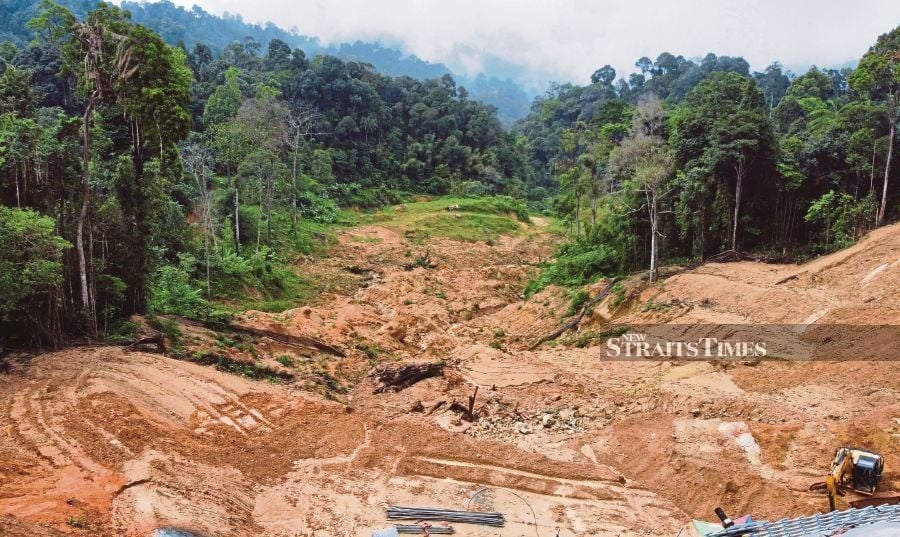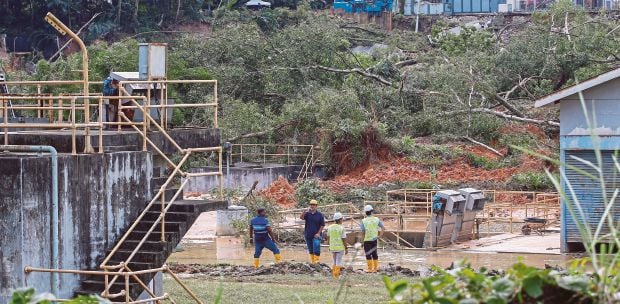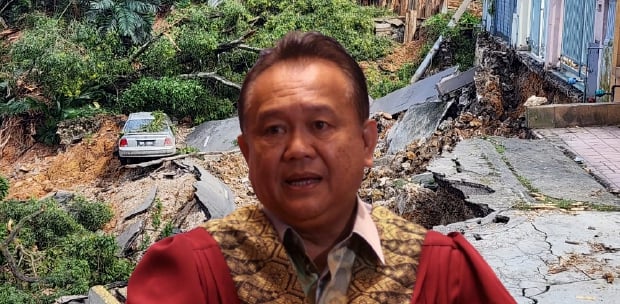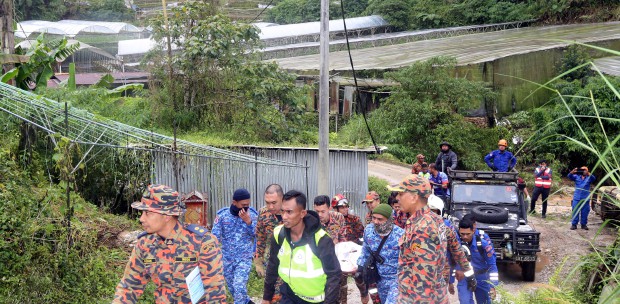KUALA LUMPUR: An expert has cautioned that landslides could even occur from slopes which had previously no signs of damage.
Dr Nor Shahidah Mohd Nazer, an expert in geological engineering and soil mechanics at Universiti Kebangsaan Malaysia, said inactive slopes do not stay that way forever.
"In general, all higher areas are landslide-prone. Old dormant slopes are where a landslide had already occurred and are in an inactive state with no sign of reactivation.
"However, this does not mean that they are inactive forever. Climate change and the increase in rainfall are causing some old dormant landslides to reactivate, and we (experts) should take a closer look into this matter," she told the New Straits Times.
Shahidah said landslides were caused by geological and geomorphological aspects of a slope, while the triggering factors were usually caused by human activity.
"For example, in urban areas where slopes have been developed to solve the problem of
land scarcity, the risk of soil slippage increases as the slope is constantly exposed to soil erosion in its natural environment due to the gravity of the earth's material.
"To make matters worse, some slopes are left without proper stabilisation or monitoring by the authorities, making them prone to soil movement," she said.
Shahidah added that the severity of Malaysia's landslide issue depends on the quality of the monitoring system, slope stabilisation measures and development planning.

"With the increasing extremes of climate change, it is best if we can minimise slope development and focus on the existing slopes with an appropriate disaster management plan and strategies."
She concurred with the idea of having a centralised agency to coordinate slope monitoring and management among local councils.
"I think this is a good idea, especially to reduce redundancies between agencies and departments to promote national coordination for slope investigation and mitigation by considering both the geotechnical and engineering geological aspects of the slope."
She said slopes classified as high-risk need to be stabilised by applying some grey techniques to certain parts of the slope body.
"A retaining wall is one of the most popular measures designed by engineers, taking into account the geological information of the slope by geologists to ensure that the factor of safety (FoS) of the slope is increased to the value as per Public Works Department standards.
"The types of retaining walls range from simple gabion walls or rubble walls to gravity walls, like crib walls or reinforced earth walls, where the soil is reinforced with geogrids or geotextiles.
"Reinforcement is possible on slopes that have been developed, but it is often associated with problems in terms of soil and overburden complexity and is more expensive," she said.





